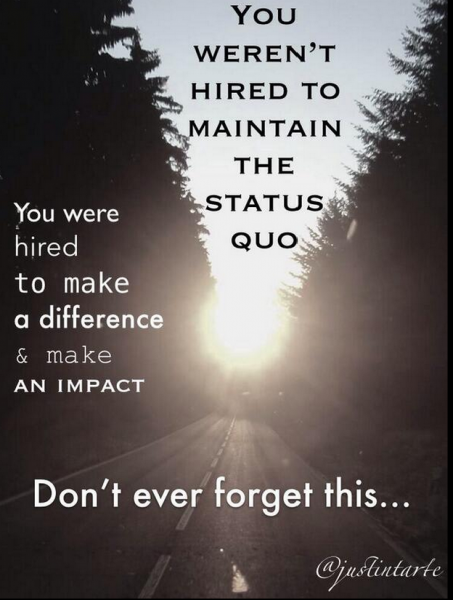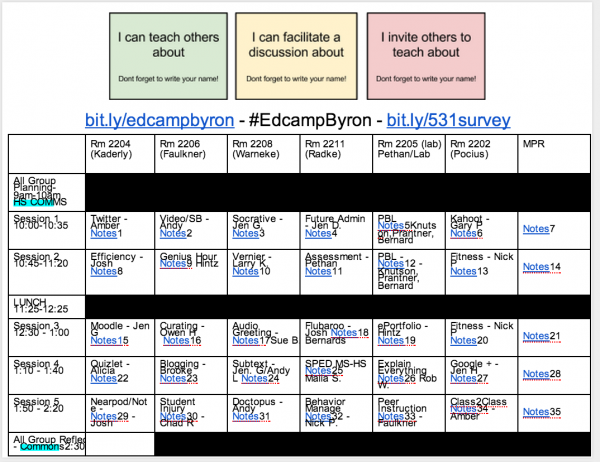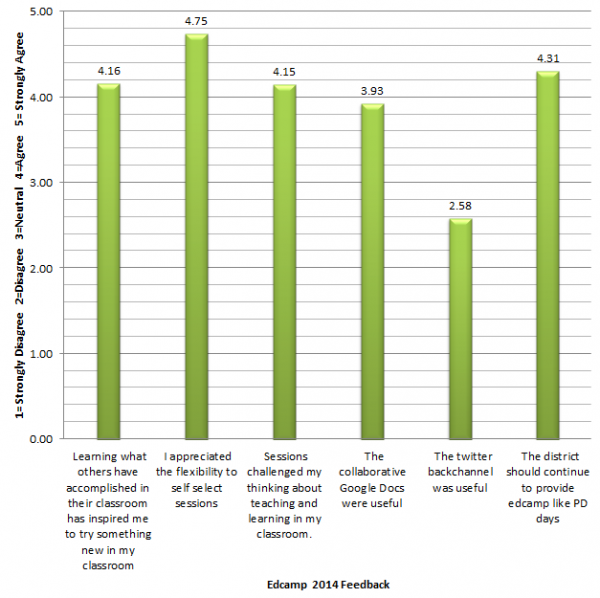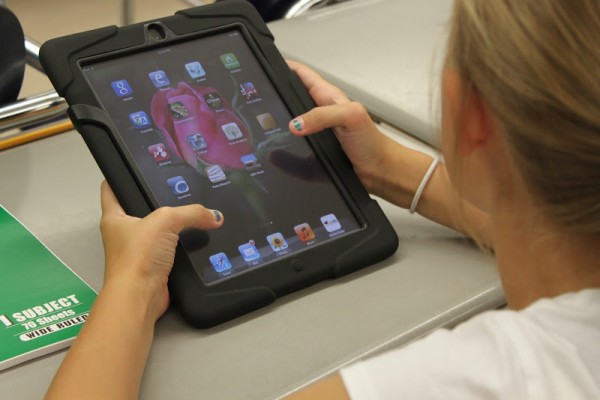Situation: Effective use of technology is essential for teaching and learning in a global, digital age.
Problem: Many teachers do not know how to design and support technology-rich learning environments.
Solution: Coaching, combined with communities of learning, is a highly effective job-embedded PD model.
(ISTE, Technology Coaching and Community June 2012 –pdf)
Byron Public Schools had a problem. Most technology integration professional development at BPS was organized around the preparation or introduction of a technology.
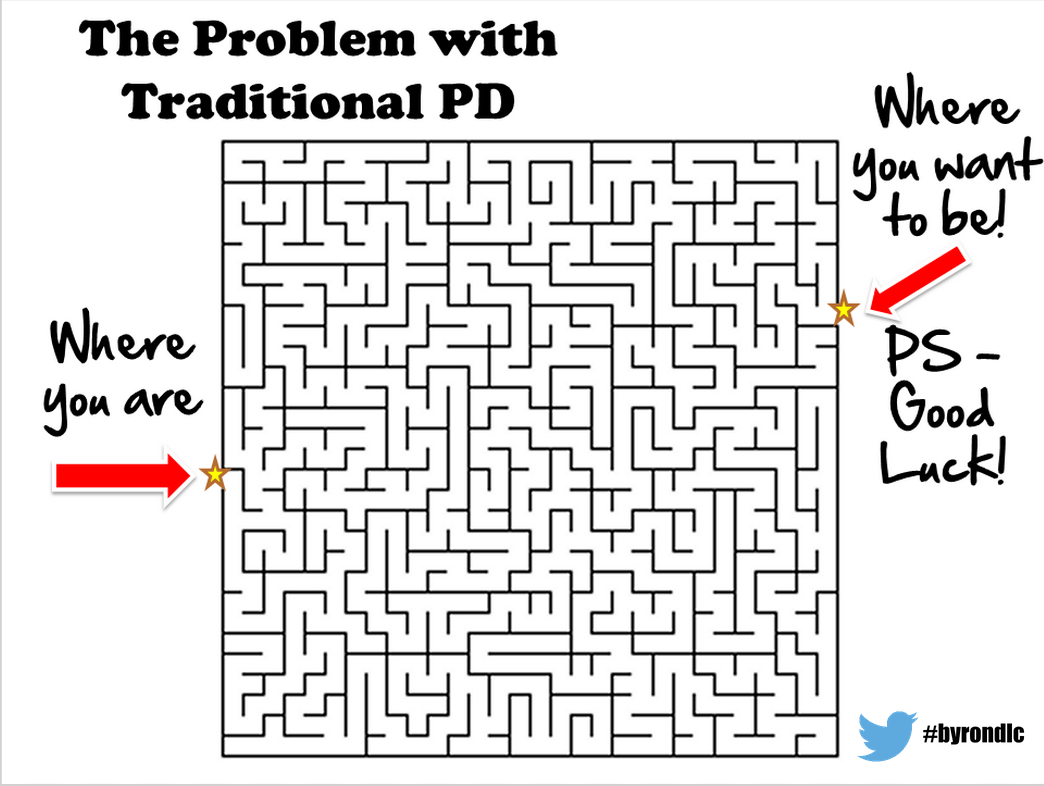
The district had been very good at introducing technology opportunities. The majority of these “opportunities” were either shared as a “How to use this technology” or “Look at what happened in my classroom because of technology” in a one-size fits all workshop or assembly. So many times our teachers were excited and eager to try something new – but by the time they got back to their classrooms, the realities set in, and the time to focus on the new idea was gone. Some teachers also had difficulties in aligning and integrating technology to support and enhance current student learning objectives. After the workshop was done, there was no support available for teachers throughout the integration process. While some teachers were able to take the tech idea and do amazing things, the majority of the teachers were left to their own resources and the gap between transformative learning environments and the traditional learning environments were widening at a very rapid pace.We needed to transform the current model of tech PD to not only support the preparation of technology integration, but the active implementation and evaluation phases as well.
We also desired to develop new teacher leadership models in Byron. Feedback from our 2011 Baldridge feedback report indicated that this was one of our SIGNIFICANT areas of improvement:
Alignment of Workforce Development. While the district encourages workforce development and allows staff to attend training sessions and suggests training topics, there is not a systematic process to ensure that workforce and leadership development is fully aligned with the district’s core competencies, Aims, and Goals. (2011 Minnesota Quality Award – Feedback Report for Byron Public Schools)
Many districts had begun to hire full time or part time integrationalists to help with the tech integration challenges. There clearly are benefits to this, but Byron also wanted the ability to spread this leadership around and have edtech leaders available and present in each of our buildings. (PK, ES, MS, HS) Fiscally, for a district our size, full time integrationalists in each of our buildings was not doable. We already had pockets of innovators/early adopters in our district. Was it possible to capture and utilize the strengths of our current staff to:
-
Support the needs of technology integration/PD in our district?
-
Develop edtech leaders at a district level to provide input/feedback into district level decisions relating to edtech goals, purchases, and support systems?
-
Develop edtech leaders at a regional/state/global level to learn and share from others to bring fresh ideas back to the district while sharing great transformations in our own classrooms?
It seemed if there was a way to harness the talent we had, it could really prove to be a win win for all. And so, a plan was formulated to develop a cohort of Byron leaders…called the Digital Learning Coaches (DLCs).
Digital Learning Coach Skill Requirements – Several skills became apparent as a need. We needed coaches who were tech savvy, or even more importantly, had already taken risks with new ideas in their classrooms. Teachers who displayed a passion around technology and learning were a plus as they were already self motivated to engage their learners and transform their classrooms.
We needed coaches who were empathetic. Empathy was an extremely important skill as these were going to be coaches who would need to recognize and celebrate the wins of our staff no matter how big or small the effort. This leadership role was not to build up the leaders while leaving the rest behind. This role was to build leaders who will help inspire and support other teachers to take risks in transforming learning in their classrooms.
And finally, we needed coaches to have a deep understanding of the teaching and learning process (pedagogy). It was critical that we have coaches that understand the purposeful use of technology – not to try new things for the sake of the technology, but to understand when and where technology could have a significant impact on instruction.
After coaching skills were identified, and discussions with district administration about the initial process was approved the all call to district staff went out. (Please note – this concept was not accepted the first time it was shared. It had to go back to the drawing board several times over several months before receiving administrative approval)
Coaches were selected in a partnership with district principals. Then, we needed time to learn and develop the process as a DLC cohort. The first item on the agenda was to develop and align coaches to the ISTE Coach standards, and the second item was to develop a process for all Byron teachers. A 2 day retreat in August was created and the district was fortunate to be to collaborate with Stillwater tech integrationalists Kristin Daniels and Wayne Feller and learn about coaching as well as the the flipped PD process they had developed in their school district. The final process was to share with district administration to ensure 100% participation in the process.
Benefits for coaches include:
-
$1500 yearly stipend
-
DLCs generally are the first to get/try/review new gadgets.
-
2 days to the TIES conference – Please note, while this was originally thought of as a great place to go and learn from others – we soon realized this was a great RETREAT for the DLC cohort to connect and gather ideas to implement in the district. This is an invaluable time together for team building as well as strategic visioning for the district!
The coaching process
DLCs visited and presented the process to each building (as a team) to discuss the process and answer questions. Time was allotted by building administrators during opening workshops.
-
Teachers would self create goals using a template via Google Docs. (year 1, year 2) Year 1 we focused on several key areas – Online Learning, Digital Devices, Global Views, Communication and Collaboration, Year 2 we focused on 21st Century Pedagogy.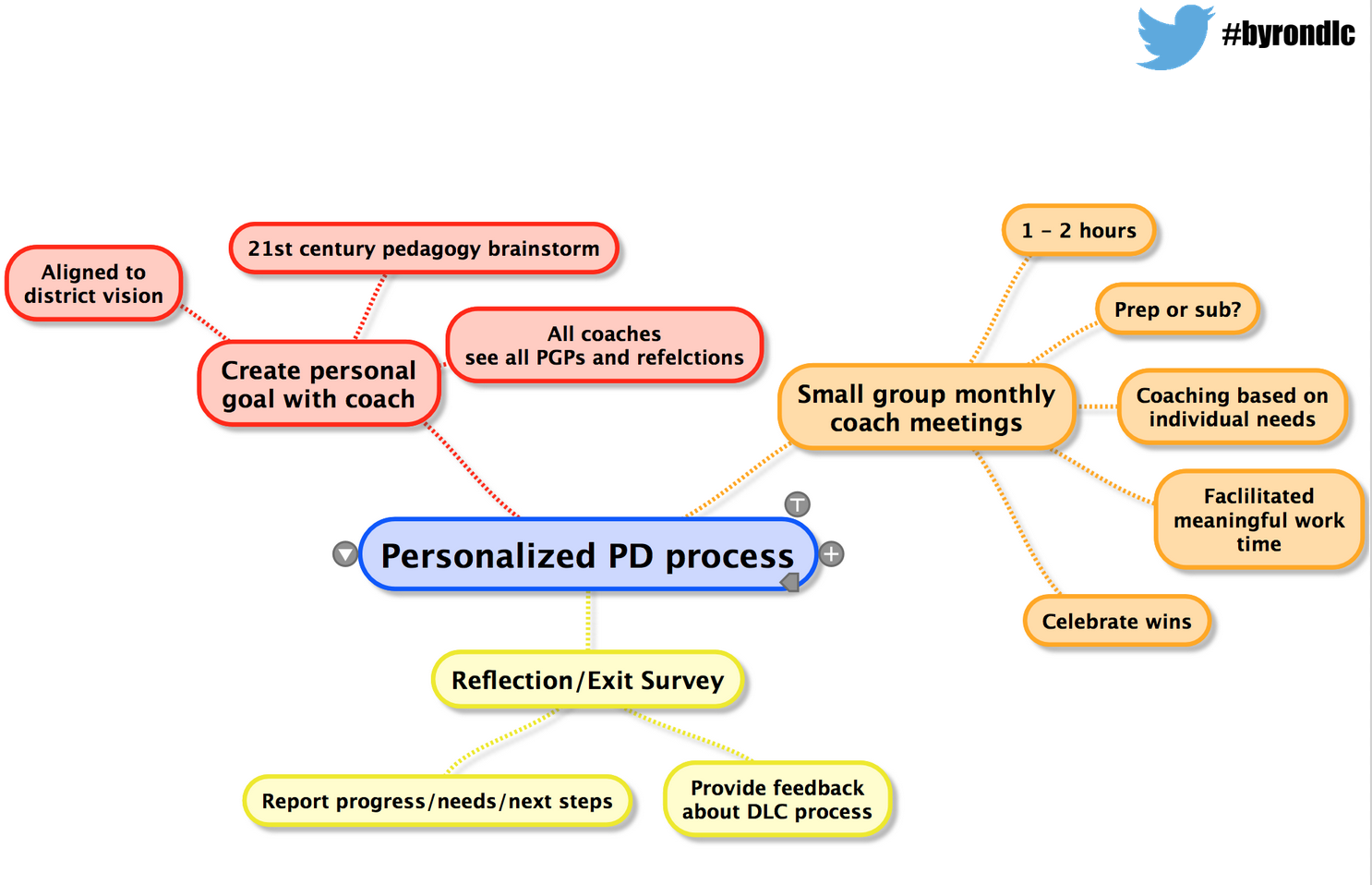
-
Teachers would meet with DLCs for approx 1.5 hours each month. This time would be used to provide coaching on their goals. If teachers did not need coaching, this was time that was given for teachers to further develop and work on their goals. Subs would be hired to allow the DLC to come out of the classroom for the entire day AND allow teachers to come out of their classrooms to receive coaching. Subs for teachers would be rotated through the system so that every 1.5-2 hours a new small group of teachers to come out and receive coaching or work on goals. This allowed DLCs to differentiate teachers by task, by skill, or by subject area. (we have tried all)
-
We wanted this process to be very reflective. Both for the coach as well as the teachers. The learning plan docs had a space for teacher reflection after each coaching session. For coaches we wanted a reflective process for each to reflect about the coaching process after each monthly meeting. These reflections could be then discussed with each other during monthly DLC cohort meetings. This was also a great way to learn from each other and determine potential needs/roadblocks to the district.
Challenges
#1 challenge = TIME. The biggest problem we is the amount of time DLCs spend outside of the classroom to coach teachers. In the 2013-14 school year, we added more coaches to increase support in our districts 1:1 while hopefully decreasing the amount of time coaches spend outside of the classroom. An idea I have heard from other districts to fix the issue:
-
Principals/counselors take group of students outside of classroom on a regular basis (Might do a unit of learning about digital citizenship or digital footprint) This would eliminate the need for coaches AND teachers having to create “sub plans”.
-
An idea that has been tossed around is further partnering with local universities so that new teacher interns could come in to allow the digital coach more time to go out of the classroom. The challenge with this is that they are new teacher candidates. Sometimes they are good, sometimes they are not. Is it possible to always get the “good” ones?
-
Is there some flexible scheduling opportunities we have not tapped into?
-
Evaluate teacher leader model vs. full or even part time tech integrationalists. As I said before, the thing I love about or model is that it spreads the leadership around. These teachers also have quite a bit of respect by other teachers as they are all still in the teaching trenches as their peers. Yet, if our coaches had more time, they would be able to develop more flipped resources and digital learning opportunities to companion face to face opportunities. (blended learning)
-
Other – What is working for you??? Ideas very welcome!
#2 Further personalize PD for teachers – How do we maximize learners of all levels? Right now we require 100% participation in the program. Some of our staff may not need coaching as they are already are very savvy, make the time to learn how to integrate tech / transform learning opportunities. Some of our staff may need more coaching opportunities. How do we better personalize learnings based on needs?
-
I believe more blended opportunities can help suffice these needs. Little Falls schools has created PD opportunities in which teachers have approximately 15 minutes of online review and reading they do before meeting with their coach at 7:30 to further discuss. Check out their Teacher Led – Learner Driven series currently underway in their district! (you should check out their learning walks too)
-
Osseo public schools (@lisasjorgen, @tombrandt) shared a couple of interesting opportunities they have created in their district. Tap into Tech gives credit for participation in workshop sessions, but gives further credit of learning for reflective work. (2-8 credits). They also have developed another option in which their teachers. C4 Training differentiates the learning of their participates based on ISTE standards.
-
EDcamp. Our staff loved our unconference this year. Are there ways to create similar learning opportunities more often?
- Does gamification have a role in professional development? For some, it could.
-
Universal Design for Learning – I have been investigating this framework for some time in looking at better how we can better personalize learning for students. I have to think – the same guidelines would work for teachers as well?
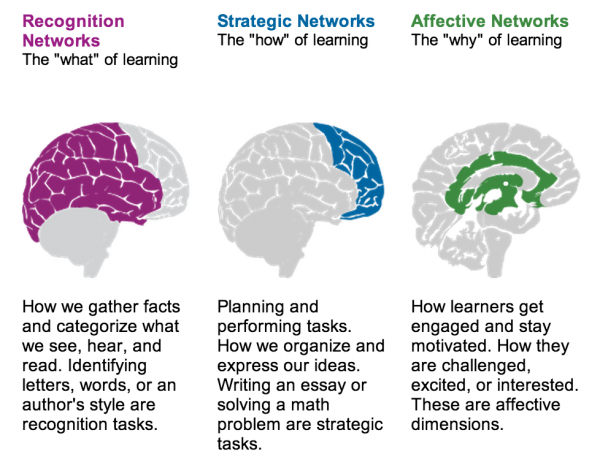
- What is currently working for you?
Feedback from Staff – At our last district wide PD day a short survey was sent out to all teachers further asking questions on how the DLC process could better serve their needs. We also asked them how we could better utilize the time during DLC meetings. Below is the results of that survey. Please note the survey asked for them to select all that apply.
How can we improve the DLC process to better support your needs? 
How could we make the DLC coach time more effective? 
Thanks to our DLCs! I can not express how proud I am of these individuals (we have 12!) and the work they do for our district. I look forward to our retreat this summer as we consider all of these opportunities to better improve our process for next year. I also look forward to learning from others how they further improve and personalize learning for all staff. This has been an awesome journey and I look forward to continuing it in the years to come!
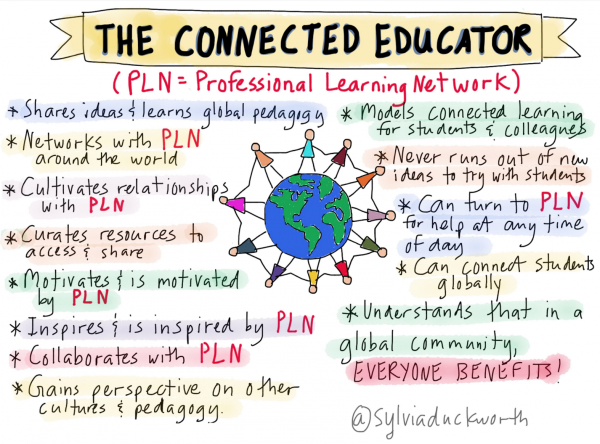
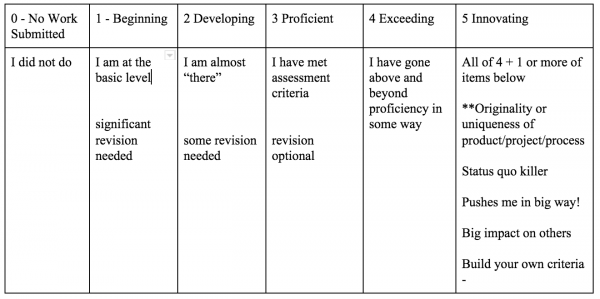
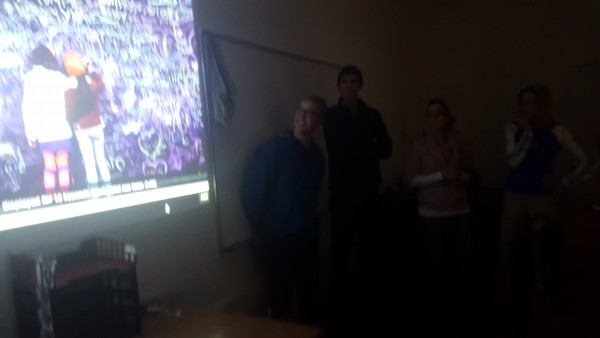
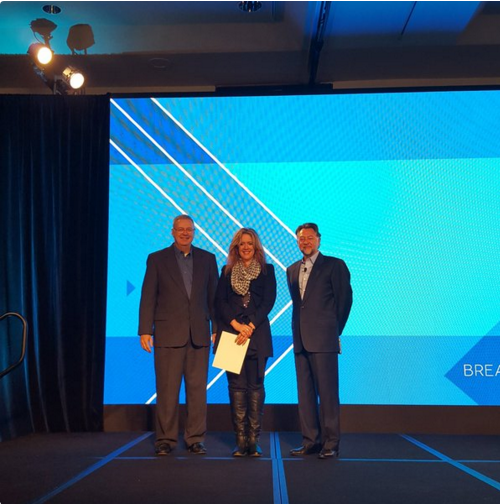
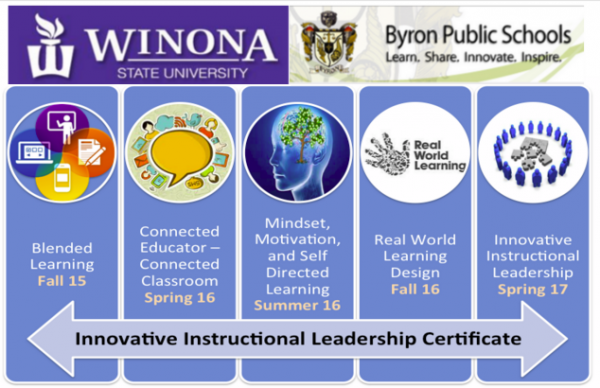


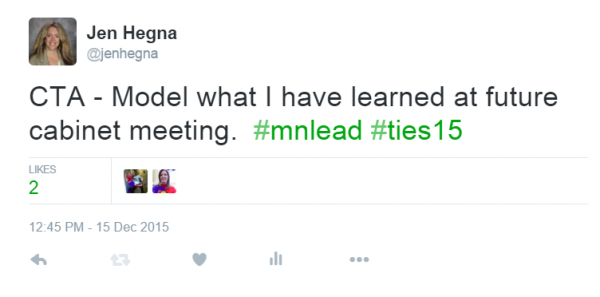
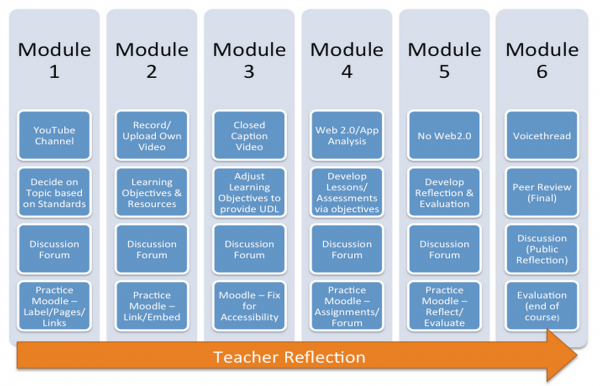
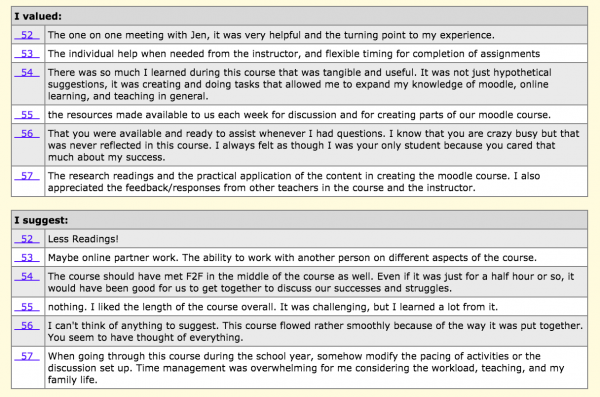


 Last week after our #mnlead chat, I publicly promised (via Twitter) that I would try to carve at least 15 minutes each day to reflect on my learning as well as successes, challenges, and needs. While it didn’t quite work out to reflect each day – I decided to compile a weeks worth of learning in several posts.
Last week after our #mnlead chat, I publicly promised (via Twitter) that I would try to carve at least 15 minutes each day to reflect on my learning as well as successes, challenges, and needs. While it didn’t quite work out to reflect each day – I decided to compile a weeks worth of learning in several posts.
